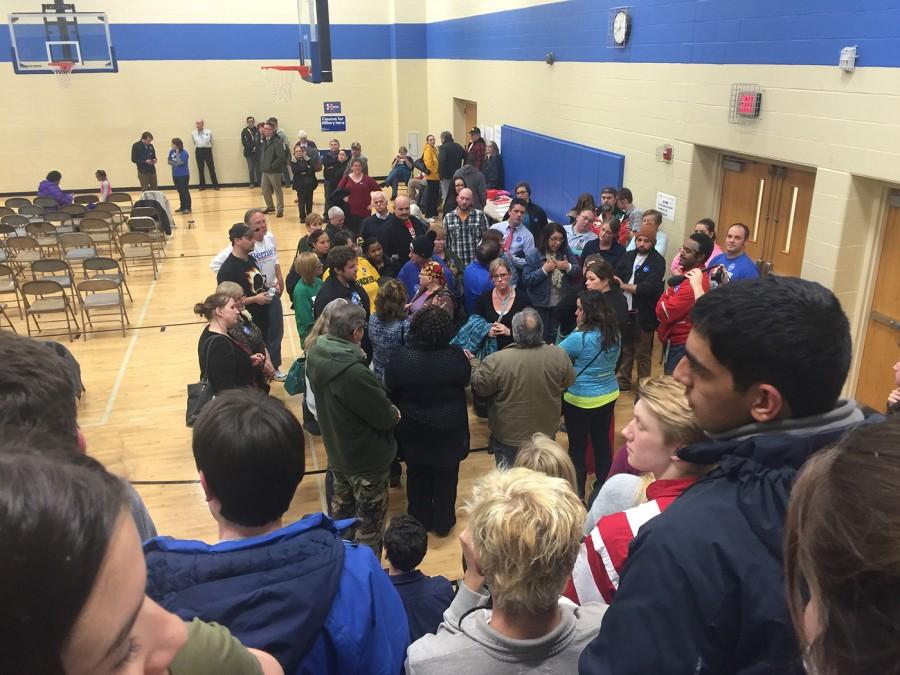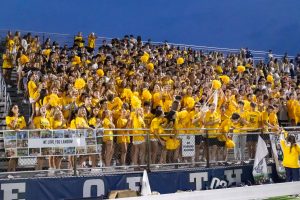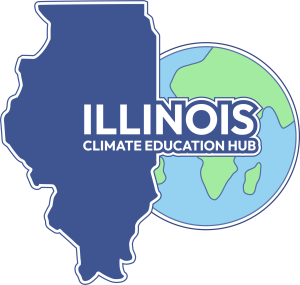New Trier joins the Iowa caucus
February 12, 2016
I went on the best excursion of my life last week, and I was fortunate enough to share the experience with other Trevians.
On Feb 1, two AP Political Science classes combined to attend a caucus in Davenport, Iowa. The field trip was fun, rewarding, and an intense experience that students everywhere–regardless of their party loyalty, knowledge, or exposure–would appreciate.
A caucus is defined as a meeting of members of a political body who are members of the same party to select candidates. While this definition is accurate, it does no favors in describing the Democratic and Republican caucuses that I attended firsthand.
There was excitement bubbling among students in Lindsay Arado and Alexander Zilka’s government classes. The two social studies teachers had been planning the trip for some time.
“We have never done a field trip of this magnitude,” Arado said. “A primary is exciting, but a caucus is amazing because voters can go in and try to convince other voters to vote the same way.”
As we boarded the busses shortly after fifth period, we began live tweeting using the hashtag #NTIowa.After three short hours we arrived in Davenport, Iowa.
Stepping off the coach bus, a group of classmates and I decided we would spend our two free hours exploring Davenport and searching for a local restaurant for dinner. While a few students ate at a local Chick-Fil-A, most walked to “Me & Billy” where we feasted on sandwiches slathered in cheese. Senior Patrick Graham had a mac-n-cheese and bacon burger, and said it was “scrum-diddly-umptious.”
After adventuring through downtown Davenport, including walking through the nearby Rhythm City Casino and taking plenty of pictures of the city skyline, we arrived at an elementary school to observe our very first caucus around 7pm. As we walked into the building, we were met with plenty of stares as well as enthusiastic handshakes by community voters and campaigners.
I chose to first attend the Republican caucus. Sitting in the hot cafeteria of the school, I listened to five speeches from citizens representing candidates. After rousing declarations that candidates like Trump or Santorum would build massive walls or protect American liberties, I began to understand how the caucus truly worked.
After speeches endorsing candidates, the Republicans present votes for their candidate in lines. It was a quick, efficient process, and it was quite interesting to see how each member of the party passionately expressed their affection for the various candidates.
Unlike the Republican process, the Democratic process was more inclusive. Voters separated into groups in the four corners of the gym based on their desired candidates (Clinton, Sanders, O’Malley, or undecided), and representatives discussed the benefits of voting for each candidate.
For Olivia O’Bryan, this was the most interesting part of the caucus. “The highlight of the trip was the democratic process and how the democrats went from completely split up into two groups [Sanders and Clinton].”
At the end of the caucus, Ted Cruz and Bernie Sanders carried the most voters from their respective parties, and they won the delegates from Davenport to add to their grand total. After exiting the gym at the end of the caucus, we had three hours back home to reflect on the event we had just experienced. However, before we left, I had the opportunity to speak with a reporter for the New York Times, and his experience covering the presidential race.
For Ryan Jenkins, a multimedia editor for the Augustana Observer and a reporter for the New York Times, the most important thing that any young person can do is get out and vote. “As social media pulls in more weight on the campaign trail, more and more young people are being exposed to issues and stances,” he said.
“However, they don’t take advantage of their role in society. Any chance a young person has to get behind a candidate they should take it. Jenkins noted that it’s crucial for students to get involved in politics and make a difference in the polls, not just on social media.
On the bus home, students felt a mixture of euphoria and dismay as we reflected on the day and also followed caucus results to the minute as precinct results were announced.
Before arriving back at Winnetka at 12:30am, there were plenty of spirited debates, discussions, and reflections on the day.
Looking back, it was amazing that Trevians like myself were able to experience democracy firsthand. Zilka commented on the excursion and the impact that attending had on himself and his students, saying that the field trip “was an opportunity for students who have a passion for politics and government to witness and experience something that they study in the real world. Some of the students in my other classes were talking about it before I even told them about it. It seems like people were curious and that interest was infectious.”














































